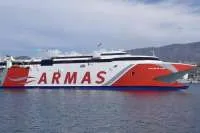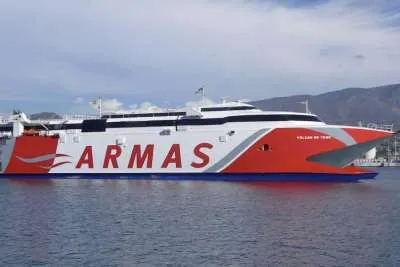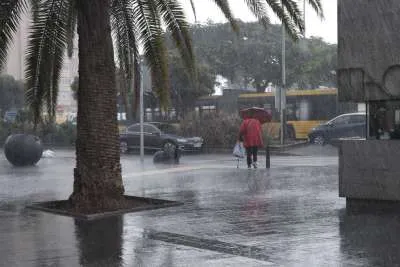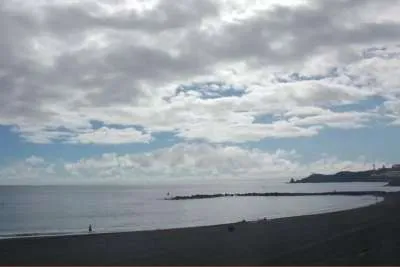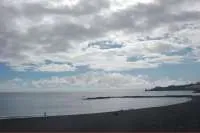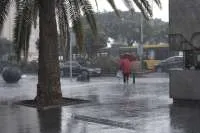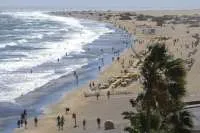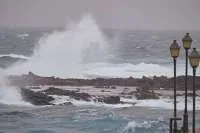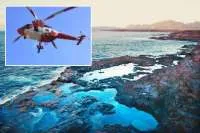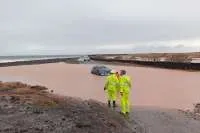Courts rule against Council in legal battle over new water sports on Los Cristianos Beach
- 27-05-2024
- Tenerife
- Canarian Weekly
The Superior Court of Justice of the Canary Islands (TSJC) has upheld an appeal by a company seeking to establish a ‘cable waterskiing’ business covering nearly 21,000 square metres of the sea off Los Cristianos Beach in the south of Tenerife. This ruling means the Port Authority and the Arona Council have to reassess their previous objections to the project.
The court found that the state body's actions had left the company defenceless by not disclosing the municipal stance, preventing the company from addressing any rejections to their proposal.
The project involves installing 10-millimetre steel cables to pull users on water skis along a 442-metre circuit, requiring a 220-square-metre floating platform and a 165-square-metre floating pier connected to the old Los Cristianos dock, so that people can waterski without being towed by a boat
The proposed location is within a popular swimming area near the beach, which the Council argues would interfere with the municipal sailing school’s activities. The local government concluded that the project poses a significant physical risk to beachgoers and consequently rejected the application.
The company took legal action against the Port Authority and Councils decision from July 2021, which denied the concession. The TSJC has now nullified that decision, ordering the process to revert to the stage before the Town Council's negative report, allowing the company to address the previously unspecified objections and present supporting evidence for their project.
The applicants questioned why similar criteria were not applied to their project as had been for other activities like the sailing school and open water spaces of the Royal Club of Tenerife and Charcos de Valleseco. They also highlighted support for the ‘cable ski’ installation.
The Port Authority had requested input from the Council on the projects impact on Los Cristianos Beach and from Coastal Authorities since the area needed to be repurposed from port use. Despite a favourable opinion from the senior sports technician for sailing, saying that both activities could coexist, a civil engineer raised concerns about the risk to swimmers and the space it required, claiming the activity would use 15.51% of the non-commercial water area compared to 15% designated for swimming.
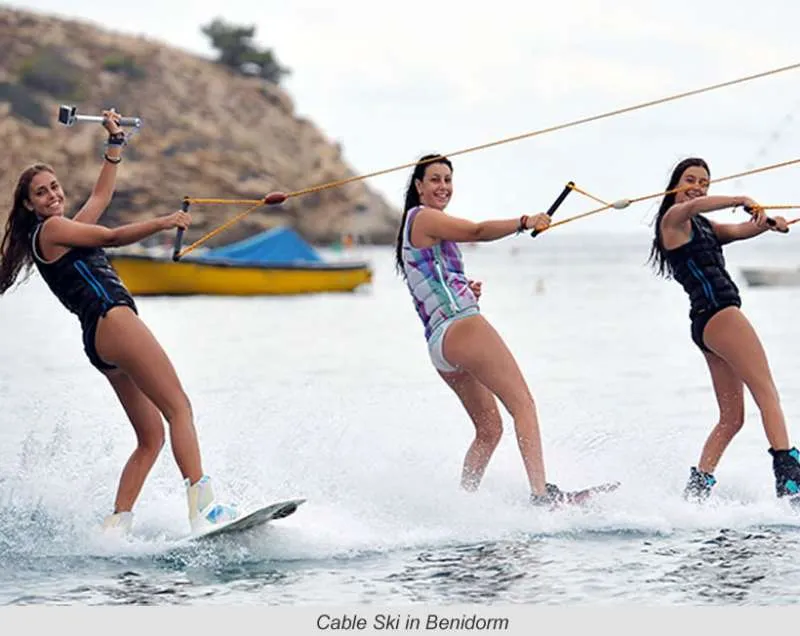
However, the engineer also noted that the planned swimming and light sailing navigation channel met legal safety requirements.
The TSJC highlighted that the Ports Authority’s rejection was based on the Town Council’s report, which, while mandatory, was not binding. The court criticised the failure to share the report with the company and suggested that the Ports Authority could have evaluated the proposal based on a preliminary hearing with the Town Council without overstepping administrative boundaries.
This ruling marks a significant step in the ongoing legal conflict, potentially paving the way for the company to address concerns and move forward with its cable ski project on one of Tenerife’s most frequented beaches.
Other articles that may interest you...
Trending
Most Read Articles

Featured Videos
A Vision of Elvis Tenerife Promo
- 10-05-2025
TEAs 2025 Highlights
- 17-11-2025






